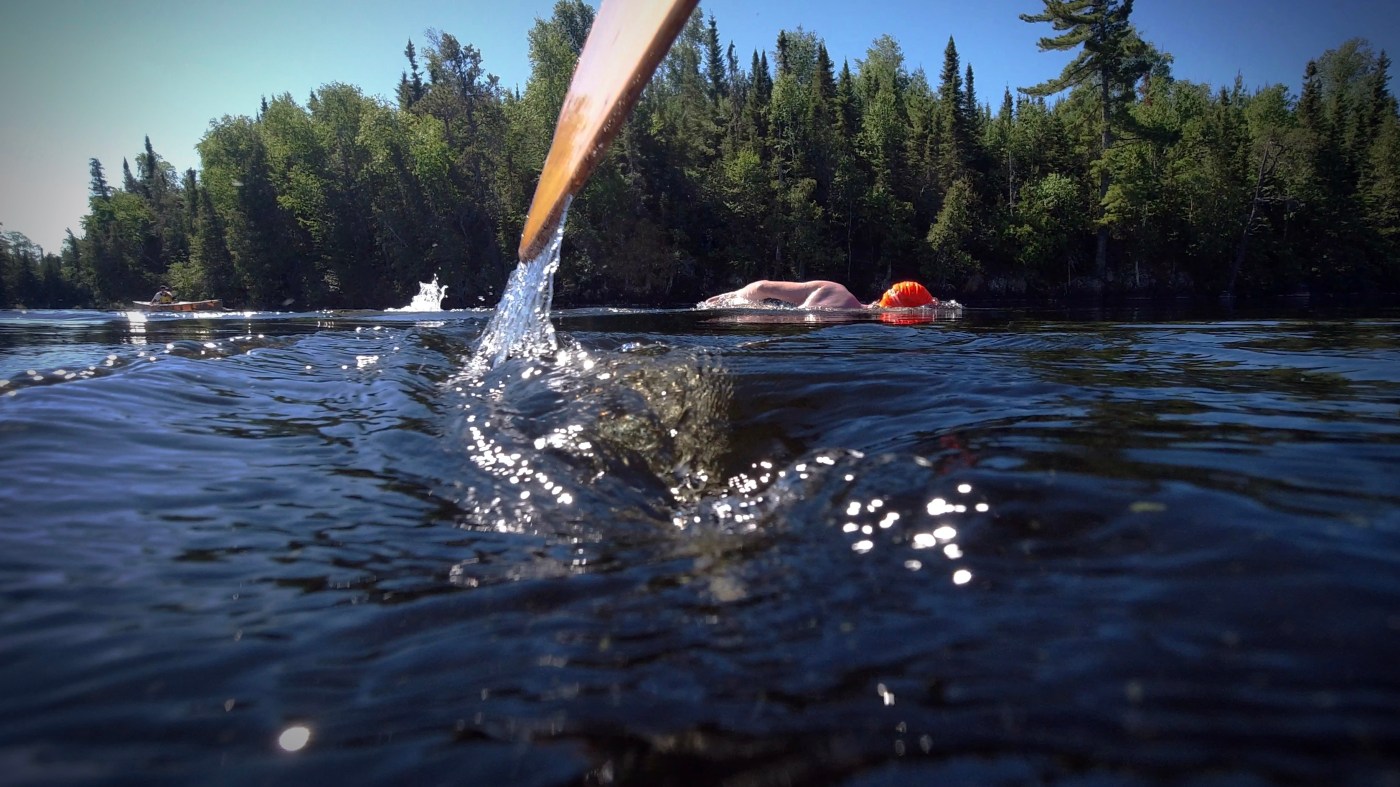
Minnesota adds 20 wild rice lakes and streams to impaired list
Minnesota regulators identified another 20 bodies of water used for wild rice production that exceeded the state’s wild rice sulfate water quality standard, placing the 13 lakes and seven streams on its biennial impaired-waters list.
In doing so, the Minnesota Pollution Control Agency opted to follow the federal Clean Water Act over a 2015 state law that sought to prevent the MPCA from adding impaired wild rice waters to the list and to prevent the agency from enforcing sulfate reduction if it cost the permit holder any money.
Sulfates — discharged into water by industrial activities like mining, wastewater treatment and other industrial facilities — at high levels harm wild rice when the sulfate is converted to hydrogen sulfide in the sediment.
Minnesota’s sulfate limit for wild rice waters is 10 milligrams per liter, which the mining industry had long argued was too stringent .
The 2015 state law was designed to largely prevent the MPCA from enforcing the existing standard until it established new wild rice water-quality standards for sulfate.
The MPCA had tried to change that standard to a formula that would include the water’s organic carbon and iron content, but withdrew its rule change proposal in 2018.
When the MPCA submitted its 2020 impaired waters list to the Environmental Protection Agency without any wild rice waters exceeding sulfate standards, the federal agency pushed back, identifying 30 bodies of water that it said should have been on the list.
The MPCA revised its 2020 list, despite state law, with those bodies of water, and added another 35 bodies of water exceeding wild rice standards to its 2022 impaired water list.
“Since 2020, that kind of overruled any state law because that’s a federal expectation and requirement from EPA: You follow the Clean Water Act,” Leya Charles, the MPCA’s water assessment and impaired waters list coordinator, said in an interview with the Duluth News Tribune.
The 2024 impaired water list includes 54 water bodies and 199 impairments, which range from finding “forever chemicals” in fish to mercury and other pollutants, and is open for public comment through Jan. 12, 2024. That brings the total water bodies on the list to 2,798, with almost 6,500 impairments.
After weighing any changes after the comment period, the MPCA will submit the list to the EPA, which will either approve or disapprove of the list.
Upon approval, any water bodies considered impaired need a total maximum daily load report, which determines how much of a pollutant the water body can receive before exceeding water quality standards.
Federal officials have also made clear the MPCA needs to enforce the sulfate standard, something the 2015 state law sought to curb.
“We also received from EPA in February of 2022 a letter stating that we needed to implement the sulfate standard to the (National Pollutant Discharge Elimination System) permitting program,” said Bill Cole, supervisor of the MPCA’s water quality standards unit. “So, like the impaired waters list, the EPA expects us to implement the standard. They told us that repeatedly.”
Birch Lake added
That’s giving an environmental group opposed to copper-nickel mining near the Boundary Waters Canoe Area Wilderness some hope that adding Birch Lake to the impaired waters list will make it more difficult for a project to get permitted.
In its list released Tuesday, the MPCA said Birch Lake, which flows into the BWCAW via the Kawishiwi River, exceeds the wild rice sulfate standard.
That’s largely based on data submitted by the Campaign to Save the Boundary Waters and the 1854 Treaty Authority.
“It has long been known that there is sulfate pollution in Birch Lake, but so far, effectively nothing has been done to address it. In 2021, we rapidly expanded our water quality testing program after discovering that the state had in its possession almost no data on sulfate concentrations in the west end of Birch Lake, where mining pollution is discharged,” Lisa Pugh, water quality monitoring program manager at Northeastern Minnesotans for Wilderness and Save the Boundary Waters said in a news release Tuesday. “The listing of Birch Lake means that the machinery of the Clean Water Act will begin to turn, requiring — we hope — cleanup of the mining pollution still being dumped into the lake.”
The organization believes the sulfate is coming from the Dunka Pit, an iron ore mine pit last mined in 1991 by the former LTV Steel Corp. The Dunka Pit has long been known to contain high levels of the pollutant. It’s where the Biwabik Iron Formation meets the Duluth Complex, which contains copper-nickel sulfide ores.
The Dunka River, which runs alongside the pit and into Birch Lake, was also added to the list Tuesday.
The Campaign to Save the Boundary Waters said the addition of Birch Lake to the list would make it “more difficult for dangerous mining projects to be permitted.“
The group was referring namely to the Twin Metals — which was trying to underground mine — tailings storage facility processing plant along Birch Lake until the Biden administration effectively killed that plan by not renewing its federal mineral leases and putting a 20-year ban on mining on federal land within the same watershed as the BWCAW. Twin Metals continues to explore for minerals state leases along the lake’s shore.
Twin Metals declined to comment. But Julie Lucas, executive director of MiningMinnesota, said its members, which includes Twin Metals, were “committed to meeting our state’s stringent water quality regulations, which includes progressing solutions for restoring water quality in impaired water resources. Our projects cannot and should not be permitted unless they are able to meet all the requirements of state and federal water protection laws.”
Asked if permitting would be more difficult for a project near an impaired water body, Cole, of the MPCA, said: “I don’t think there is any real change in the process itself because we’re required by federal law to evaluate whether a discharge has the potential to cause or contribute to an impairment. So this reasonable analysis procedure is done even on waters that aren’t impaired. So what it could mean for waters that are impaired is that it may be the discharge would need to be less than what the water quality standard is, for example.”
Related Articles
With wild ‘super pigs’ expanding their range, Minnesota readies for action
Minnesota man charged with Jan. 6, 2021, attack on U.S. Capitol
Pair of Minnesota-grown turkeys will be pardoned at White House in annual Thanksgiving tradition
In survey, more Minnesota hospitals say they are losing money this year
Central Minnesota physician killed by hit-and-run driver, sheriff says


